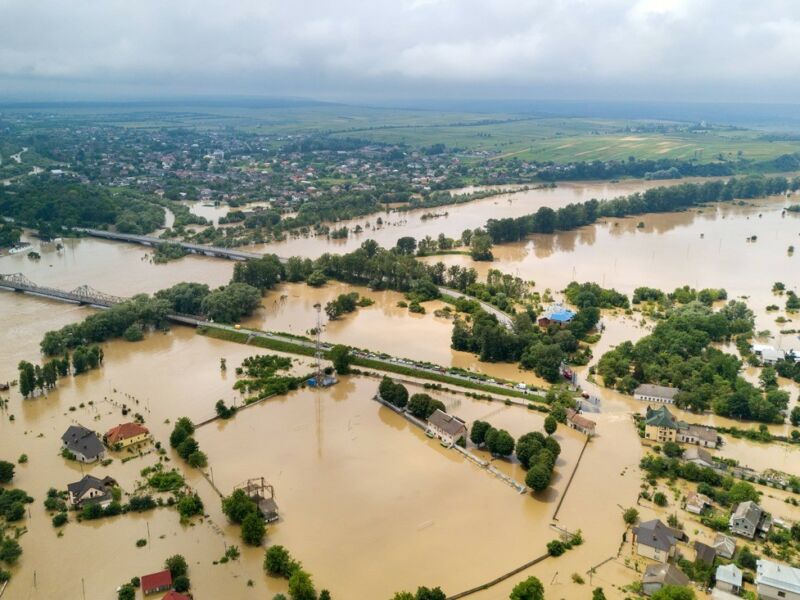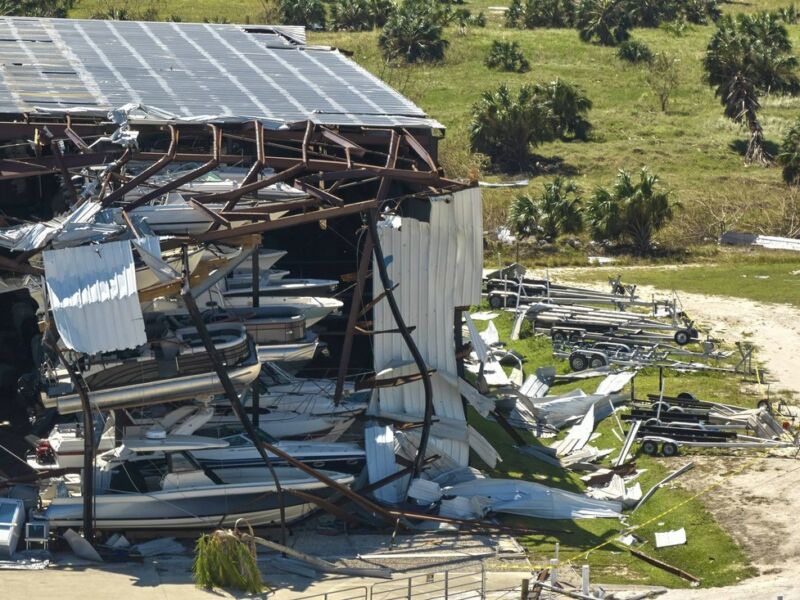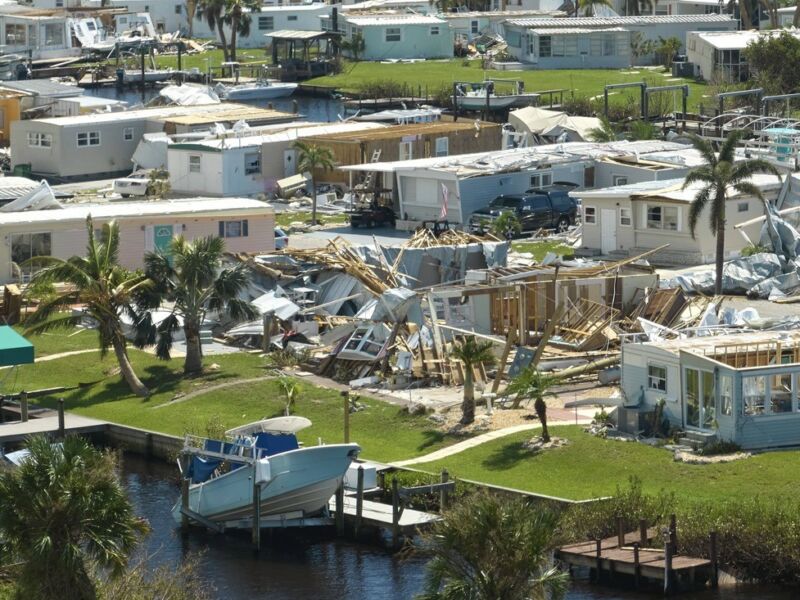
Introduction
Emergency preparedness is a critical aspect for nonprofits to consider in order to ensure the safety and security of their staff, clients, and operations during times of crisis. In this article, we will explore the importance of emergency preparedness for nonprofits and provide guidance on developing effective emergency plans and strategies. By following these recommendations, nonprofits can enhance their resilience and minimize the impact of disasters on their organization.
The Importance of Emergency Preparedness for Nonprofits
Nonprofit organizations play a vital role in serving communities and addressing various social and environmental challenges. However, they are not immune to emergencies and disasters. In fact, nonprofits often face unique challenges during times of crisis, including limited resources, reliance on volunteers, and the need to maintain service delivery to vulnerable populations.
By investing in emergency preparedness, nonprofits can:
- Protect the safety and well-being of their staff, clients, and volunteers
- Maintain critical services and continue supporting their community
- Protect physical assets, such as facilities and equipment
- Mitigate financial losses and avoid the long-term repercussions of disasters
- Enhance their reputation and build trust with stakeholders
Developing an Emergency Preparedness Plan
Creating an emergency preparedness plan is a crucial first step for nonprofits. This plan should outline the steps and procedures to be followed during various types of emergencies, such as natural disasters, fires, or public health crises. The following elements should be included in an effective emergency preparedness plan:

1. Risk Assessment and Hazard Analysis
Conduct a thorough assessment of potential risks and hazards that could impact your organization. This may include identifying the most common types of emergencies in your area, such as hurricanes, floods, or earthquakes. Assess the vulnerabilities of your facilities, systems, and operations to these risks.
2. Emergency Response Team
Establish an emergency response team responsible for coordinating and executing the organization’s emergency response efforts. This team should include representatives from key departments or functions within the organization, such as operations, communications, human resources, and finance.
3. Communication Plan
Develop a communication plan that outlines how information will be disseminated during emergencies. This should include contact information for key staff members, volunteers, and external stakeholders. Consider establishing alternative communication channels in case primary methods are unavailable.
4. Evacuation and Sheltering Procedures
Outline evacuation and sheltering procedures for your organization. Identify safe evacuation routes and assembly areas, and ensure that staff and clients are aware of these procedures. Consider the needs of individuals with disabilities or other special requirements.
5. Continuity of Operations
Develop strategies to ensure the continuity of critical operations during emergencies. This may include establishing remote work capabilities, implementing backup systems for data and information, and identifying alternative service delivery methods.

6. Training and Exercises
Provide training to staff and volunteers on emergency procedures and expectations. Conduct regular drills and exercises to test the effectiveness of the emergency preparedness plan and identify areas for improvement.
7. Relationships with External Organizations
Establish relationships with external organizations that can provide support during emergencies. This may include local emergency management agencies, community organizations, or neighboring businesses.
Common Challenges and Best Practices
While implementing an emergency preparedness plan, nonprofits may encounter certain challenges. These challenges can include limited financial resources, difficulties in securing buy-in from staff and volunteers, or complexities in coordinating with external stakeholders.
To overcome these challenges, nonprofits should consider the following best practices:
1. Resource Mobilization
Seek out funding opportunities specifically designed to support emergency preparedness initiatives for nonprofits. Many philanthropic organizations and government agencies offer grants or assistance programs for this purpose. Additionally, explore partnerships with other nonprofits or businesses to share resources and enhance collective resilience.
2. Staff and Volunteer Engagement
Engage staff and volunteers in the emergency preparedness process by providing comprehensive training and clear expectations. Foster a culture of preparedness by promoting awareness and educating individuals on their roles and responsibilities during emergencies.
3. Collaboration with External Stakeholders
Collaborate with local emergency management agencies, community organizations, and neighboring businesses to enhance coordination and support. Participate in joint training exercises and share resources and expertise to improve overall emergency response capabilities in your community.
4. Regular Plan Review and Updates
Review and update the emergency preparedness plan on a regular basis. As your organization evolves, changes in operations, personnel, or facilities may require adjustments to the plan. Additionally, consider incorporating lessons learned from actual emergencies or drills into future revisions.
Conclusion
Emergency preparedness is a critical component of resilience for nonprofits. By investing in comprehensive planning and implementing effective strategies, nonprofits can protect their staff, clients, and operations during times of crisis. A well-designed emergency preparedness plan, combined with ongoing training and collaboration, will help ensure that nonprofits can continue serving their communities and fulfilling their missions even in the face of adversity.
What is the importance of emergency preparedness for nonprofits?
What should be included in an emergency preparedness plan for nonprofits?
Sources:
- Catastrophe Restoration
- MasterCraft Disaster Restoration Comes to the Rescue
- Storm Damage | Tips, FAQ, Resources
- Disaster Restoration: Importance & Types
- The Migrant Workers Who Follow Climate Disasters
- Flood Restoration and Hurricane Prep Tips
Service Water Restoration Pros
Phone: 949-209-1582


